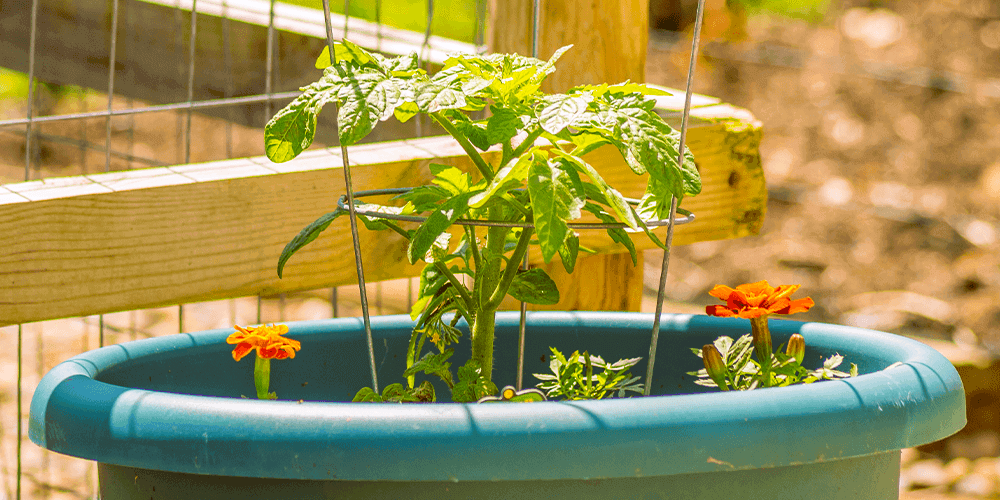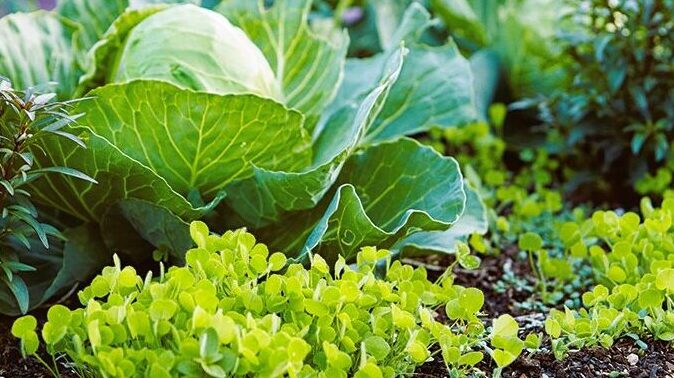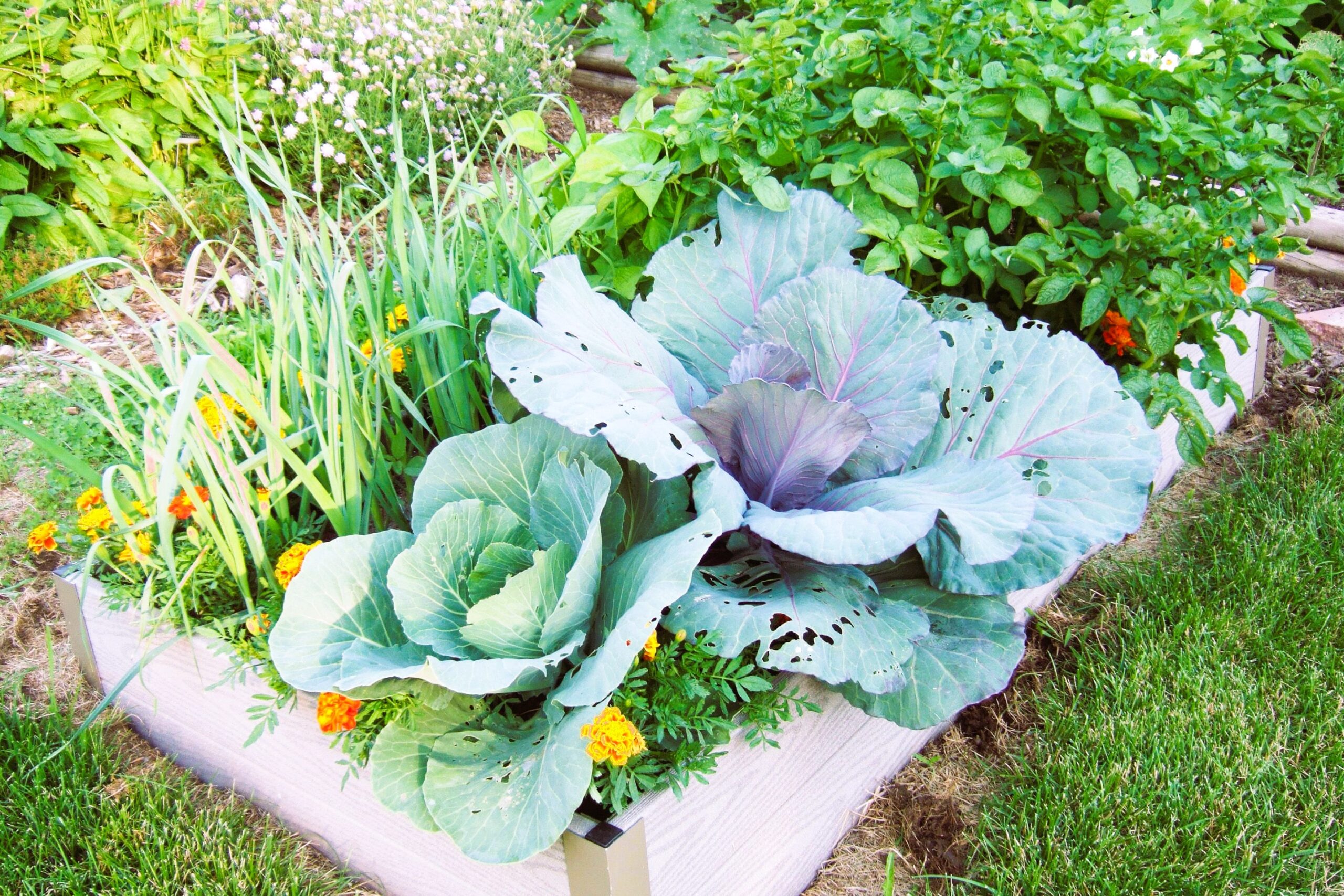Companion planting is a gardening technique that involves strategically pairing plants to create beneficial relationships in the garden. By selecting plant combinations that work well together, gardeners can enhance the health and productivity of their crops, deter pests, improve soil fertility, and promote overall garden success. In this article, we will explore the concept of companion planting and provide insights into some effective plant combinations for maximizing garden yields.
- What is Companion Planting?
Companion planting is based on the principle that certain plants have mutually beneficial effects on each other when grown in close proximity. This technique takes advantage of the natural characteristics and interactions between plants to create a harmonious garden ecosystem. Some plants act as natural repellents for pests, while others attract beneficial insects or improve soil conditions through nitrogen fixation or nutrient cycling. Companion planting can also optimize space utilization by combining plants with different growth habits or root structures.

- Benefits of Companion Planting
There are several key benefits to practicing companion planting in your garden:
a. Pest Control: Certain plant combinations can help repel pests or attract beneficial insects that prey on common garden pests. For example, planting marigolds alongside tomatoes can deter nematodes, while growing dill or fennel near brassicas can attract beneficial insects that control cabbage worms.
b. Improved Pollination: Some plants, such as flowers and herbs, attract pollinators like bees and butterflies. Including these plants in your garden can enhance pollination and increase fruit set for crops like tomatoes, cucumbers, and squash.
c. Soil Enhancement: Companion planting can improve soil fertility by pairing nitrogen-fixing plants with heavy feeders. Legumes, such as peas or beans, have the ability to capture atmospheric nitrogen and convert it into a form usable by other plants. Interplanting them with nitrogen-demanding crops like corn or lettuce can supply additional nutrients to the soil.
d. Weed Suppression: Companion plants with dense foliage can help suppress weed growth by shading the soil and reducing competition for light and resources. For example, planting groundcover plants like clover or thyme between rows of vegetables can limit weed establishment.
- Effective Plant Combinations
Here are a few examples of effective companion plant combinations:
a. Tomatoes and Basil: Planting basil near tomatoes can enhance the flavor of the tomatoes and deter pests like aphids and whiteflies. The strong aroma of basil can also mask the scent of tomatoes, making them less attractive to pests.
b. Carrots and Onions: Carrots and onions make great companions. Onions deter carrot flies, while carrots help break up the soil, making it easier for onions to grow. Interplanting these two vegetables can result in healthier crops for both.
c. Cucumbers and Radishes: Radishes act as sacrificial plants for cucumber beetles. The beetles are attracted to radishes, leaving the cucumbers relatively unharmed. Additionally, radishes mature quickly, providing an early-season harvest while the cucumbers are still growing.
d. Corn, Beans, and Squash: Known as the “Three Sisters,” this traditional Native American planting technique involves interplanting corn, beans, and squash. Corn provides support for the beans to climb, beans fix nitrogen in the soil, benefiting the corn and squash, and the large squash leaves provide shade, suppressing weed growth. Choosing the Right Window Frame Materials for Canada Weather, see this link for more details.
- Planning Your Companion Planting Layout
When planning your companion planting layout, consider factors such as plant compatibility, space requirements, and sunlight exposure. Some plants may have negative interactions and should be kept apart. It’s also important to consider the growth habits and spacing needs of each plant to ensure they have enough room to thrive.

Make use of garden planning resources, such as companion planting charts or guides, which provide valuable information on plant compatibility and beneficial combinations. Rotate your crops each year to prevent the buildup of pests or diseases associated with specific plants.
- Conclusion
Companion planting is a valuable technique for maximizing garden success through plant combinations. By understanding the interactions between plants and strategically selecting companion plants, gardeners can improve pest control, enhance pollination, enrich soil fertility, and suppress weeds. Experiment with different combinations in your garden, and observe the results to determine the most effective pairings for your specific conditions. With thoughtful companion planting, you can create a thriving and harmonious garden ecosystem that rewards you with abundant harvests and healthier plants.
Remember, each garden is unique, and it may take some trial and error to find the perfect companion plant combinations for your specific needs. Enjoy the process of discovering the wonders of companion planting and reap the benefits of a bountiful and thriving garden.

